Computational Photonics / Computerorientierte Photonik
In many complex photonic systems, structural features with sizes of the order of the relevant wavelength lead to near-field and multiple scattering effects that strongly modify the systems' optical properties relative to simple unstructured systems. A quantitative theoretical treatment of these systems usually involves numerical solutions of the linear or nonlinear Maxwell equations.
The intent of this course is to introduce some of the most popular numerical methods that are utilized for this purpose. These include the Finite-Difference Time-Domain approach, the Beam Propagation Method, the Rigorous Coupled Wave Analysis, and the Split-Step Fourier technique. In particular, the motivation and inner workings are developed for each method and their respective limits of applicability are discussed.
The content of the lectures will be supplemented by corresponding problem sets (analytical and numerical) that the participants should be working on in order to acquire a certain "fluency" on the subject.
The course is aimed at advanced undergraduate and graduate students. A good knowledge in electromagnetism is required and some elementary knowledge of quantum mechanics would be helpful (but is not required).
- Lecture:
- Exercise:



